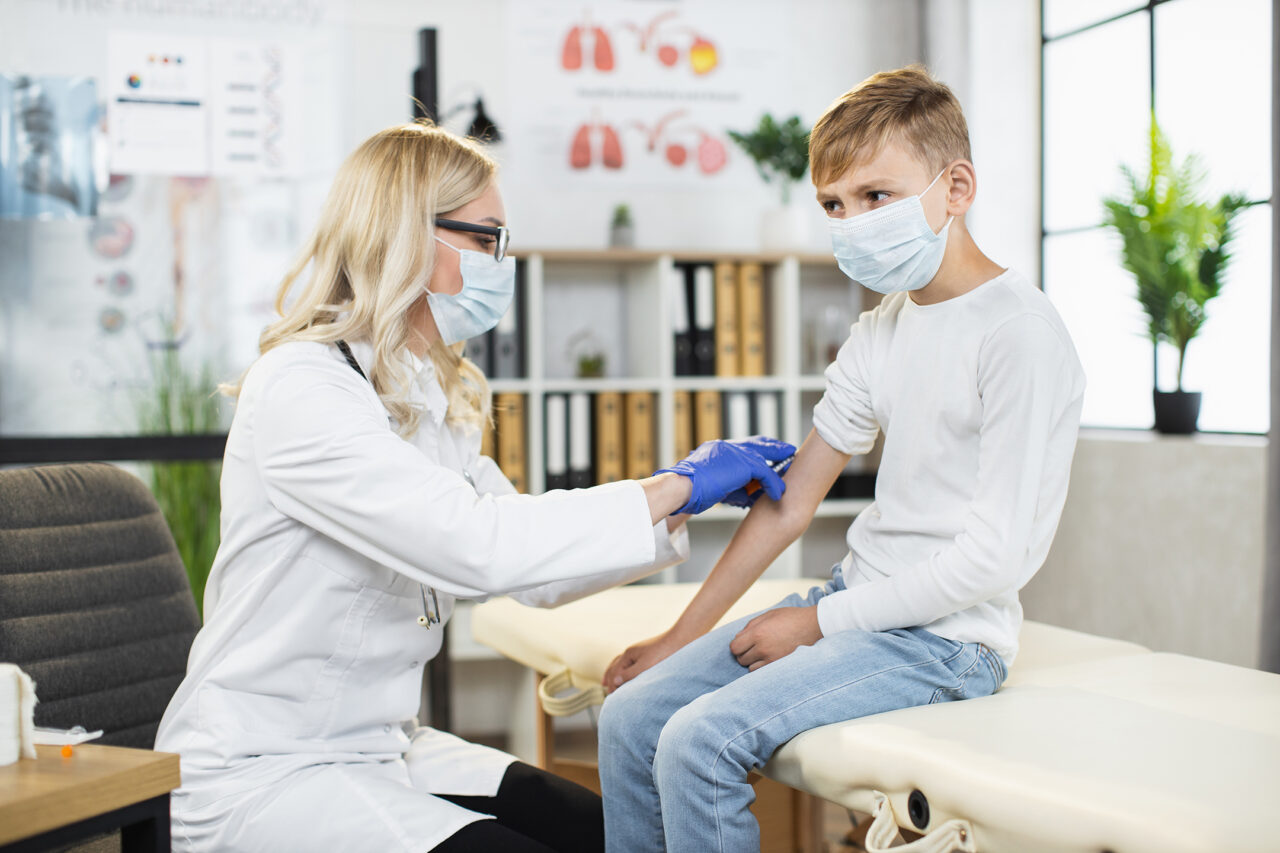 BY Ted Shaw, President/CEO, Texas Hospital Association
BY Ted Shaw, President/CEO, Texas Hospital Association
Protecting the state’s youngest Texans during the rampant spread of the COVID-19 delta variant amid an in-person learning environment is increasingly challenging. Data from the Texas Department of State Health Services indicate that, by late August, more than 51,000 Texas children contracted COVID-19 since the new school year began.
Vaccines are not yet available for most school-age children, and Texas educators have less flexibility this year in terms of the measures they can take to mitigate disease spread in the classroom. Mask requirements, vaccine mandates, and funding for remote learning environments continue to be political issues that divide communities and distract from the central mission of keeping kids and frontline health workers safe. Unfortunately, while efforts to better understand how the delta variant affects children are underway, the reality is that the latest uptick in COVID-19 cases among school children is impacting the frontline of our health care delivery system.
When parents learn of a school-related exposure, they often seek COVID-19 testing for their child. School districts vary in their response to exposures in the classroom, but many tend to require a state-sanctioned form of temporary remote learning. Though a negative test result is not required to return to in-person learning in all school districts, concerns over school-related exposures and other transmissible illnesses are increasing the demand for tests across Texas hospitals. Health care facilities that predominately serve children are especially impacted.
Hospitals faced a deluge of parents seeking COVID-19 tests in their emergency departments, while at the same time juggling a surge in COVID-19 hospitalizations. While hospitals value the importance of testing, parents are strongly encouraged to seek COVID-19 testing through other community-based providers, such as local health departments, private physician practices, and retail pharmacy chains. Hospitals are clinically inappropriate care settings for otherwise healthy people seeking testing services alone, regardless of a positive or negative test result.
Hospitals diligently monitor the number of beds that are available for inpatient care, but that is just one component of a hospital’s overall capacity. Ensuring those beds are staffed with nurses and clinicians who can deliver care to the patients in them is paramount to providing high-quality care.
As burnout and workforce shortages continue, hospitals face an ongoing struggle to maintain the staffing levels needed to care for patients hospitalized with COVID-19. The state provides staffing support, and some hospitals temporarily closed their clinics and freestanding emergency centers to divert valuable staff to treat the recent surge of COVID-19 patients. Others idled or delayed non-essential procedures to help extend staffing. When facilities are inundated with those seeking COVID-19 testing services, fewer clinicians, among an already fragile network of staff, are available to provide lifesaving care to those in dire need.
The health care industry has navigated this ever-changing pandemic with grace, strength, and resilience. We cannot always control how our communities respond to the pandemic. Our greatest strength is how we work together as an industry. Solidarity in support of vaccination, evidence-based prevention practices, and the wellbeing of our staff is our way out of this pandemic.
The Houston Independent School District is the largest public school system in the state and among the largest in the country. Houston-area providers are uniquely positioned to both meet a major community need and help balance the demand on the local health care infrastructure. Doctors’ offices, pharmacies, and other local providers should promote and encourage testing in their offices, so hospitals can focus on those with the most acute conditions.


